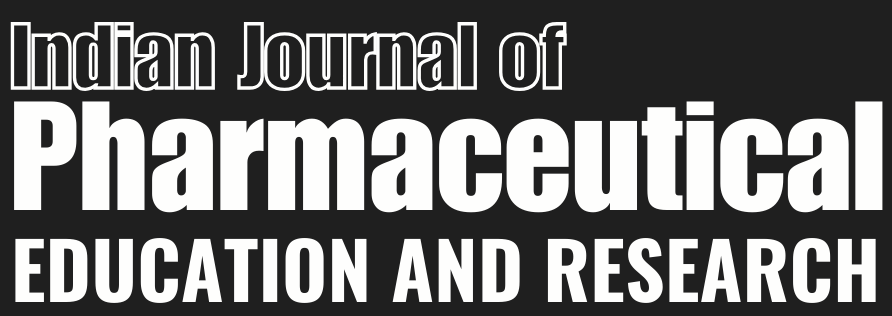ABSTRACT
Aim
This Study aimed to develop a stable, efficient, and reproducible RP-HPLC method that indicates stability, for the simultaneous determination of Remogliflozin Etabonate and Metformin HCl.
Materials and Methods
The Separation Process By using Methanol: 0.05 M KH2PO4 (75:25%v/v) as the mobile phase and a linear gradient protocol with a detection wavelength of 240 nm, the chromatographic separation was accomplished on (Anachrom) Cosmosil C18 (250×4.6 mm, 5 μm) Column. 35°C was the column temperature, and the flow rate was 1 mL per min. For Remogliflozin Etabonate and Metformin HCl, the retention times were determined to be 8.51 and 2.63 min, respectively. Studies on forced deterioration were conducted in thermal, photolytic, oxidative, acidic, basic, oxidizing environments. According to ICH guidelines, the method’s robustness, accuracy, precision, linearity, LOD, and specificity were all verified.
Results
The regression analysis indicated a strong correlation with a linear curve in the concentration ranges 1-5 μg mL-1 for Remogliflozin Etabonate and 5-25 μg mL-1 for Metformin HCl, demonstrating the linearity of the developed method. Moreover, the approach used in the study was distinctive in that it successfully avoided degradants even after subjecting the dugs to forced degradation. The percentage recovery of REMO and MET from the pharmaceutical dosage form was in the range of 99.33%-99.73% and 99.64%-99.93% respectively. The method was characterized by high accuracy, precision, and robustness, with LOD and LOQ values of 2.218 μg mL-1 and 6.724 μg mL-1for Remogliflozin Etabonate and 0.582 μg/mL and 1.764 μg/mL for Metformin HCl, respectively.
Conclusion
The developed method can be used in routine analysis of bulk and dosage forms due to its adaptability, accuracy, and high precision.



